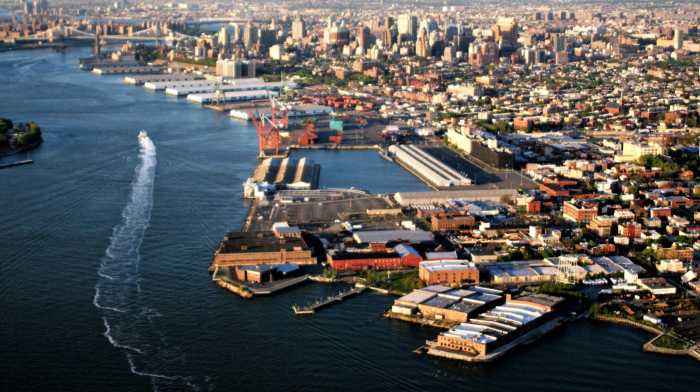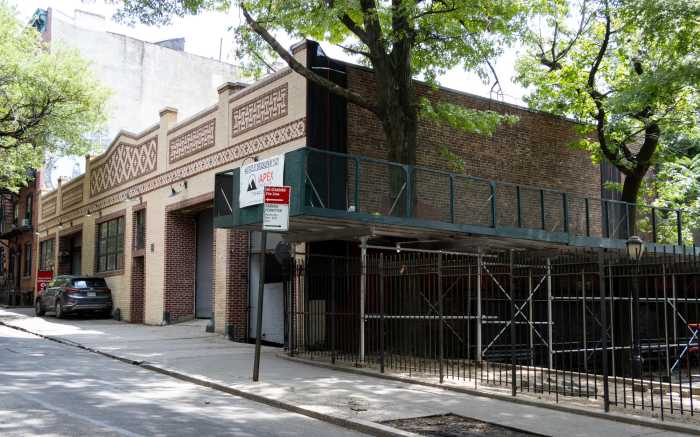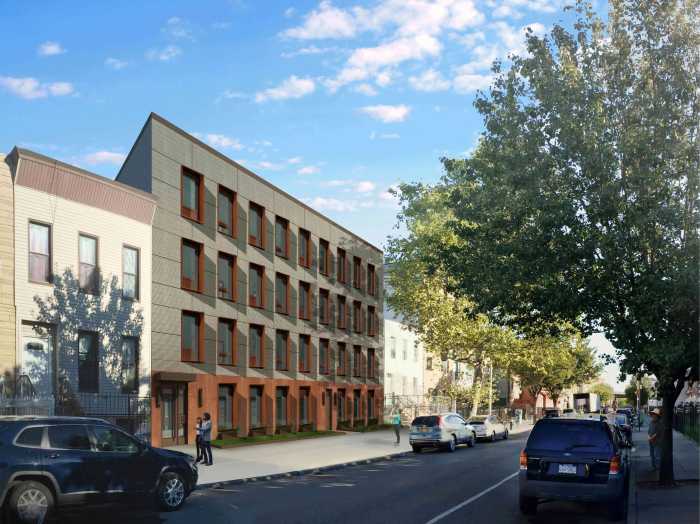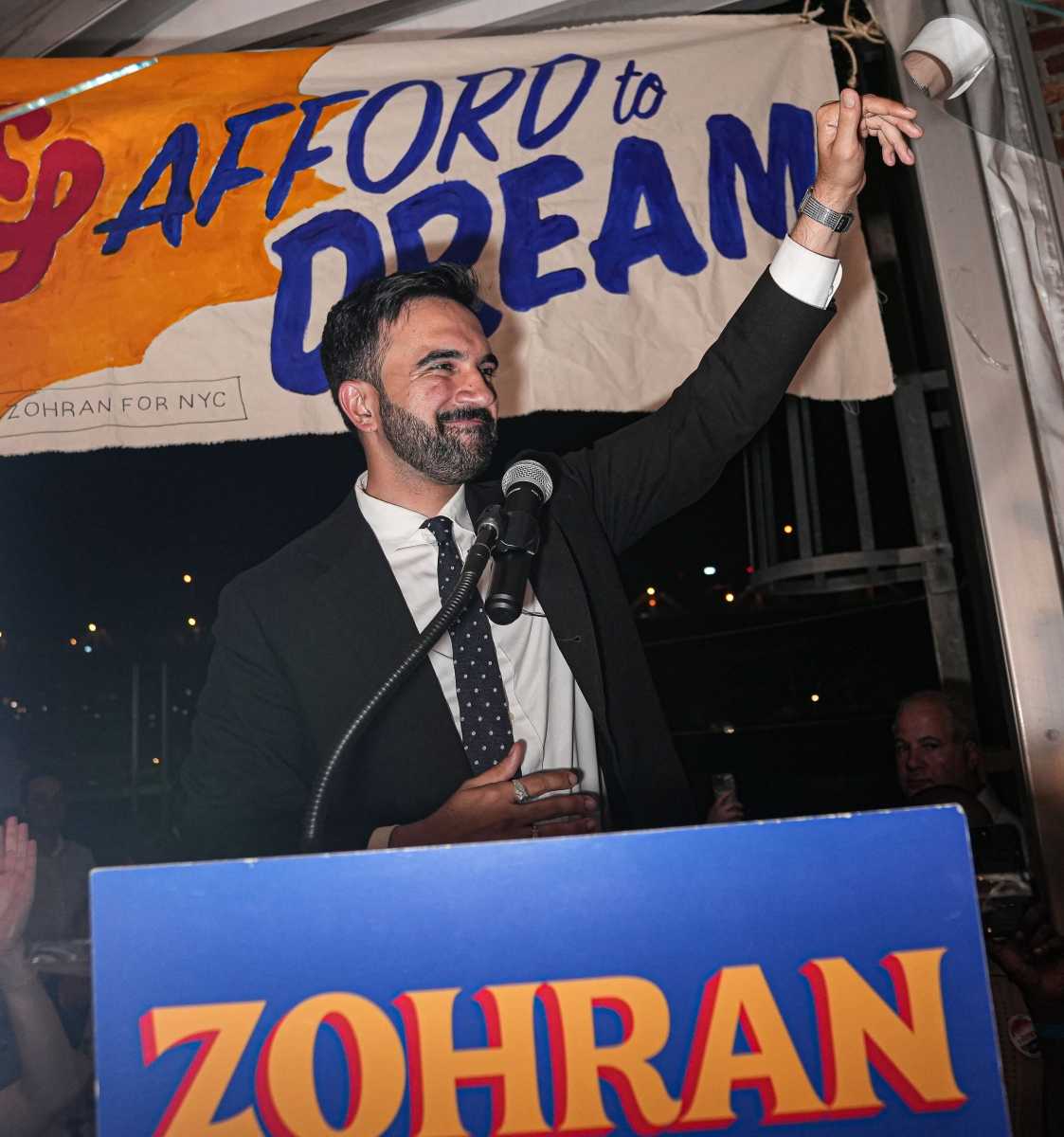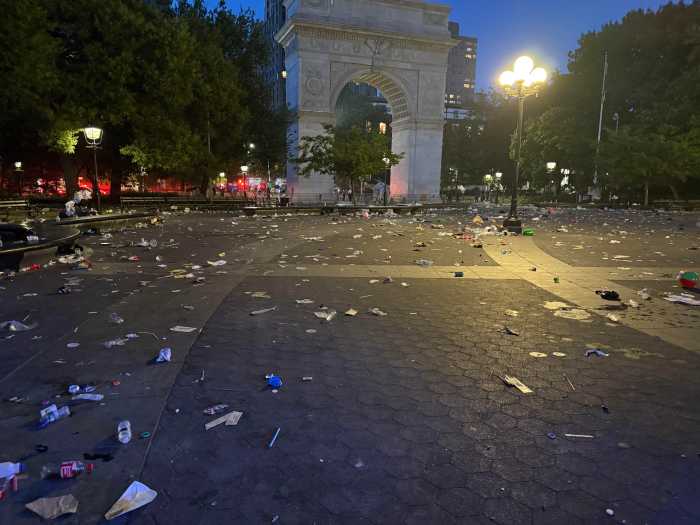State officials moved swiftly last week to deny they were negotiating behind the scenes with Bruce Ratner to decrease the size of his Atlantic Yards mega-development.
After the New York Sun reported on Tuesday that the Empire State Development Corporation had discussed “a reduction in the size of the project” with Ratner, ESDC blasted the report as untrue.
“ESDC has not been in discussion with Forest City Ratner about reducing the size of the project,” spokeswoman Jessica Copen told The Brooklyn Papers.
But the agency is under pressure — even from the project’s loudest supporters — to scale back Atlantic Yards.
At last week’s public hearing, Borough President Markowitz — the official perhaps most identified by his support of Atlantic Yards — told ESDC that it needed to “get real” about the impacts of the $4.2-billion, 16-tower, arena, hotel, residential and commercial development slated for the intersection of Atlantic and Flatbush avenues. “This project needs to be reduced.”
Fellow supporter, Assemblyman Roger Green (D-Fort Greene), went further, calling a 30- to 40-percent reduction in scale “a moral imperative.”
The state’s own draft environmental impact statement outlined numerous “significant” adverse effects, including increased traffic, more-crowded subways, long shadows, and the need for a new school to handle thousands of Yards kids.
But there are only a few ways in which that could actually happen:
• ESDC, which is shepherding Atlantic Yards through the public-review process, could require it as a precondition of approval.
• The Public Authorities Control Board, the same state body that killed the West Side stadium last year, could demand a reduction when it weighs in this fall. This is not likely, as all three officials who control the board — Gov. Pataki, Senate leader Joe Bruno (R-Brunswick) and Assembly Speaker Sheldon Silver (D-Manhattan) — support Atlantic Yards.
• Ratner could downsize of his own volition — which isn’t far-fetched, given the positive publicity he could reap by reducing the project’s density to ease public concerns.
Ratner spokesman Joe DePlasco hinted at that last week when asked for a response on Markowitz and Green’s call for a smaller Atlantic Yards.
“We…will of course continue to look at individual buildings and the overall design as we go forward,” DePlasco said. “We understand the Borough President’s point of view and have always found his suggestions valuable. We will continue to work with him and others to improve on what we all agree is a great project with many benefits.”
Ratner has said that the size of the project is necessary in order to subsidize its 2,250 units of affordable housing. But the company has never stated what its expected profit will be, so it is unclear how big Atlantic Yards needs to be. With its 6,860 units, it would be the most-dense census tract in the country.


